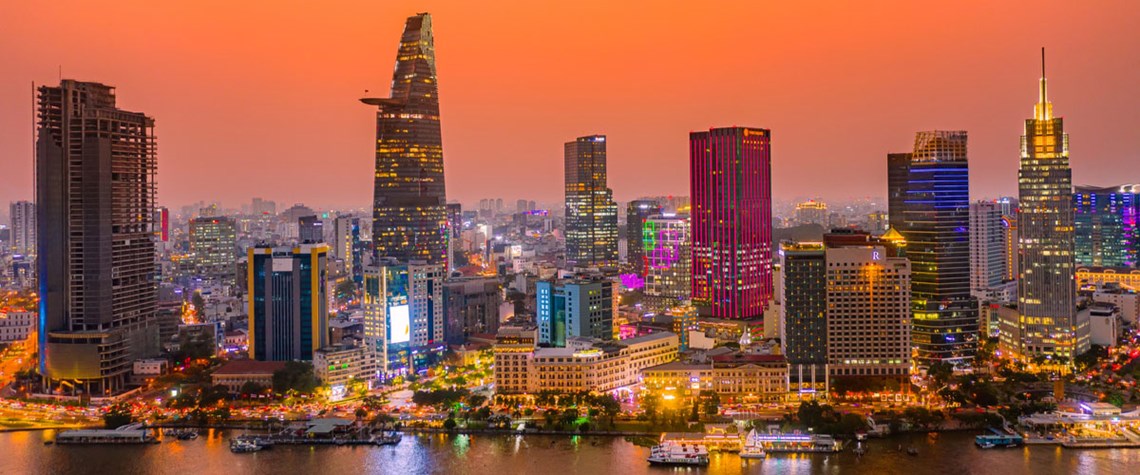Three key hurdles for Vietnam’s LNG-to-power sector
Tariffs, location and bureaucracy are obstacles to be overcome to drive greater use of gas in Vietnam’s power sector
Vietnam is in the process of switching to gas from a heavy reliance on coal-fired generation, with as many as 18 gas-to-power projects and nine LNG terminals under development. Substituting coal will have a major impact on ESG and carbon savings, but LNG and gas-to-power developments still face obstacles in Vietnam, speakers told Petroleum Economist’s LNG to Power Forum Apac event in Singapore in mid-May. Vietnam needs to make progress on infrastructure projects—particularly grid upgrades and improvements— to enable these gas-to-power projects to succeed, says Gilles Pascual, Asean power and utilities leader at consultancy EY. Many Vietnamese LNG projects—and even some of the previous tranch

Also in this section
12 December 2025
The latest edition of our annual Outlook publication, titled 'The shape of energy to come: Creating unique pathways and managing shifting alliances', is available now
12 December 2025
The federal government is working with Alberta to improve the country’s access to Asian markets and reduce dependence on the US, but there are challenges to their plans
11 December 2025
The removal of the ban on oil and gas exploration and an overhaul of the system sends all the right messages for energy security, affordability and sustainability
10 December 2025
The economic and environmental cost of the seven-year exploration ban will be felt long after its removal







